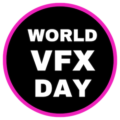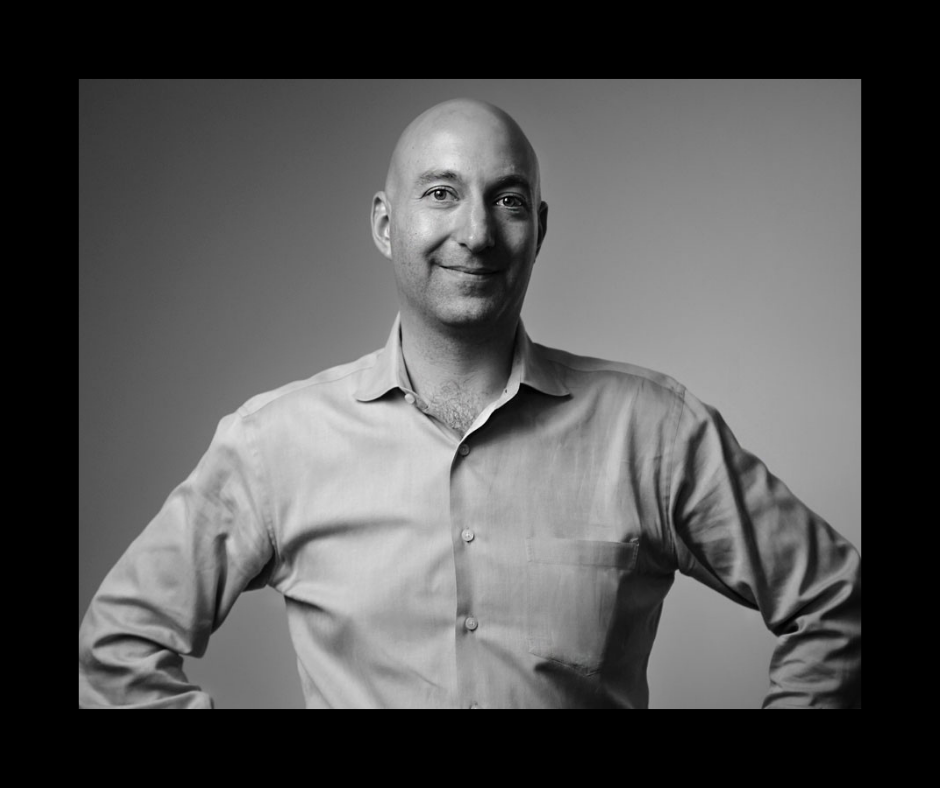Joseph Bell | VFX Industry Consultant & Studio Head
Take us back to the beginning – how did you get into the VFX industry?
I grew up in England around the time computer graphics first started being used in film, and had my sights set on a career in VFX early on. I made short documentaries and taught myself 3D animation in school. Eventually, this led to the Film and Television Production program at USC film school in Los Angeles, and internships that got me my very first job in VFX at Pixel Magic.
What were some of the key highlights during your time in production?
The HBO miniseries Bury My Heart at Wounded Knee was one of those highlights. The VFX team used varied techniques, from shooting practical elements to motion capture and crowd simulation. This was 2007, and complex 3D shots created for television were a lot less common than they are now. Everyone took the subject matter of the show seriously — and being Emmy nominated didn’t hurt — but it was the sense of collaboration that really stuck with me. The director, editorial team, and HBO were all incredibly supportive, and treated VFX as an integral part of the creative process
Your longest role was as EP at CoSA VFX, was your role here a turning point for you and why you then focused on leadership and business operations roles? Tell us about your time there and key learnings…
I was the very first employee at CoSA VFX, when they were literally a garage shop at the home of one of the founders. Over the next seven years, we built the company into an award-winning VFX studio with offices in LA and Vancouver. That experience got me interested in the different stages a company goes through as it grows. Having a perspective on business leadership and robust operations are vital to making the transitions smoothly. I ended up going back to school for an MBA to acquire some business skills that you don’t automatically pick up as a VFX Producer.
Projects at CoSA VFX included:
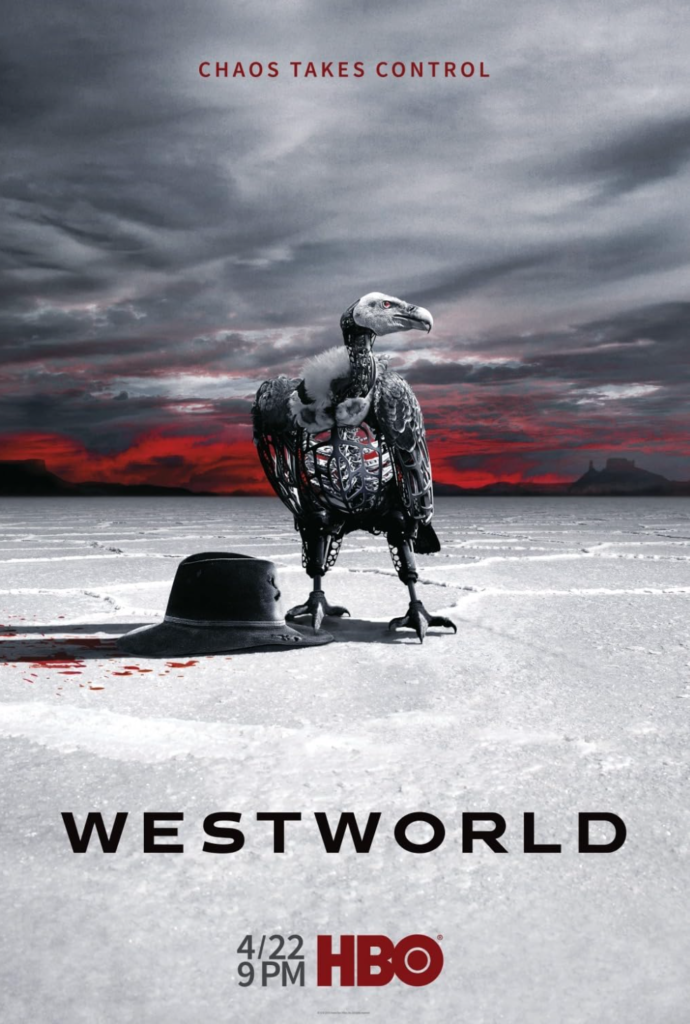

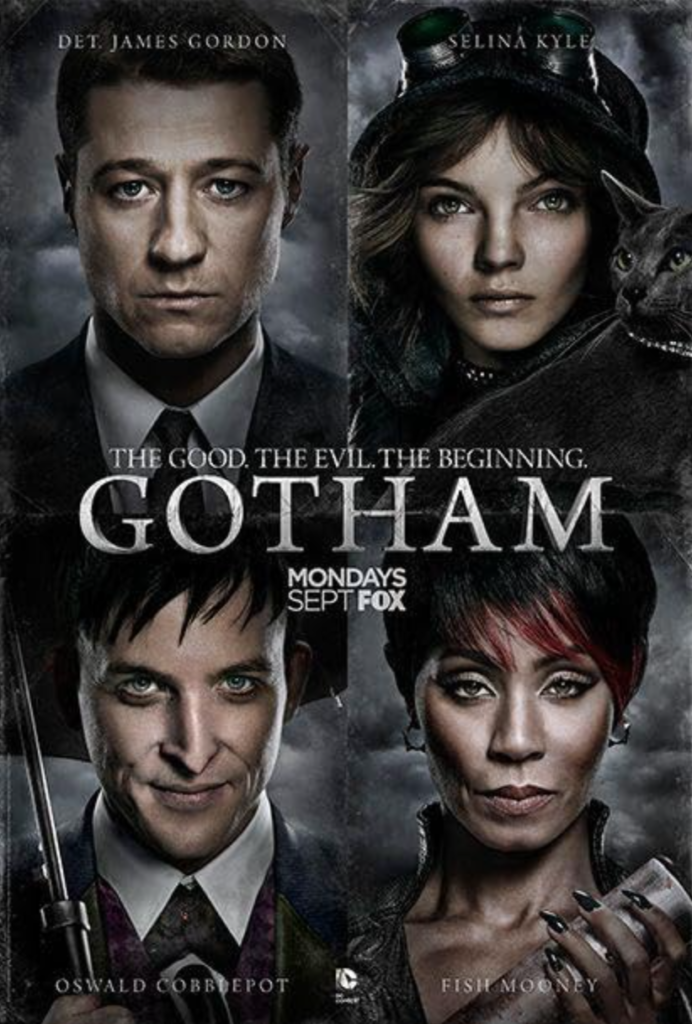
One of the key learnings from my time at CoSA was the importance of having a company culture that’s functional and aligned with what makes the business successful. I previously worked at a studio where the culture made everything more difficult, while at the same time being accepted as something that was impossible to change. With CoSA, I had the chance to be part of building a fresh culture where people valued and celebrated the things that made the company successful and a great place to work, like having a robust pipeline and happy clients.
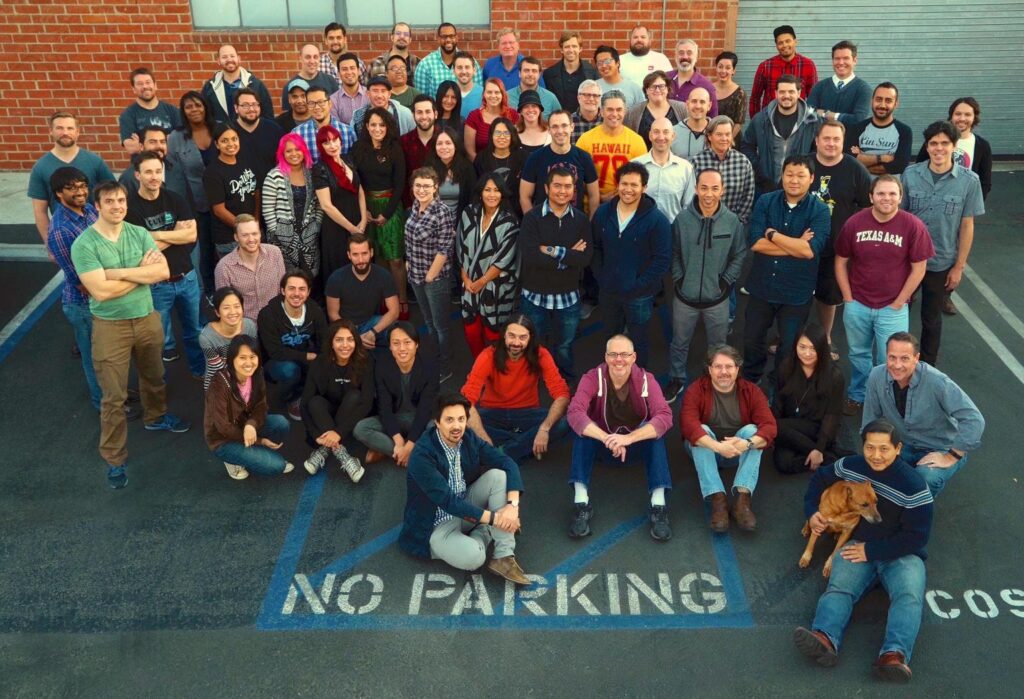
Early CoSA VFX crew photo from 2015
What are some of the key factors in creating a successful new or evolving business?
Vendor-side VFX studios – which are the largest part of the VFX industry – supply a service to clients. One way to think about growth and success in our industry is giving clients better service than your competitors while running a healthy, sustainable business. If you can give clients a great experience working with you and solve problems for them within the constraints of their budget, you’re on the right path.
Everyone wants to grow their business – is there a magic formula to this e.g. strong leadership and investors? Or is every case different?
When you’re running a business, there are a lot of demands on your time and attention. It’s important to keep sight of what really drives growth, and what doesn’t.
I’m not suggesting you shouldn’t pay attention to things that don’t drive growth – they may still be critical to the continuing success of the business. To give a simple example, you can’t work on high end visual effects without robust content security. This is sort of a minimum requirement for being in the high end VFX business, but it’s not something that can drive the growth of your company in itself.
What’s a common mistake businesses make when trying to grow?
Many VFX business grow organically, especially when they’re small. A project that goes well tends to lead to a bigger project without a lot of conscious strategy on the part of the management team.
“It’s easy to fall into a pattern of being reactive to the opportunities that come along. The bigger a company becomes without adopting a more proactive, strategic mindset, the more difficult it becomes to transition to that.”
My best advice for smaller studios is that it’s never too early to consciously plan for scale. Ask yourself, if we were twice as big — or ten times as big — which of the systems that we’re using now would break? Because, if all goes well, you will be twice as big before you know it, and too busy to fix processes that can no longer support the company’s needs.
You’ve been a consultant since 2018, what was the catalyst for this decision and how does it differ to previous roles?
I’ve been back and forth between consulting and working for studios over the past few years. Honestly, I think you learn more, and gain valuable insight more rapidly, working with different companies in a variety of roles and situations, even if it’s less comfortable than staying in one place for many years.
I had a very enjoyable stint as Interim Managing Director for Territory Studio’s San Francisco office. Territory is a very interesting company, with a unique mix of entertainment work and work from different industries. I was able to apply my experience from other studios to help the SF studio prepare to scale, make a few key hires, and get more visibility into their future sales pipeline. Whether it’s a consulting project or a role at a studio, I enjoy seeing my work make a difference for the company and the people who work there.
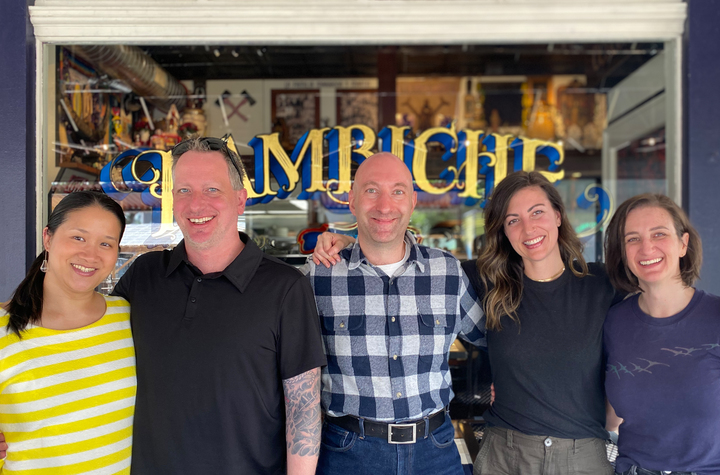
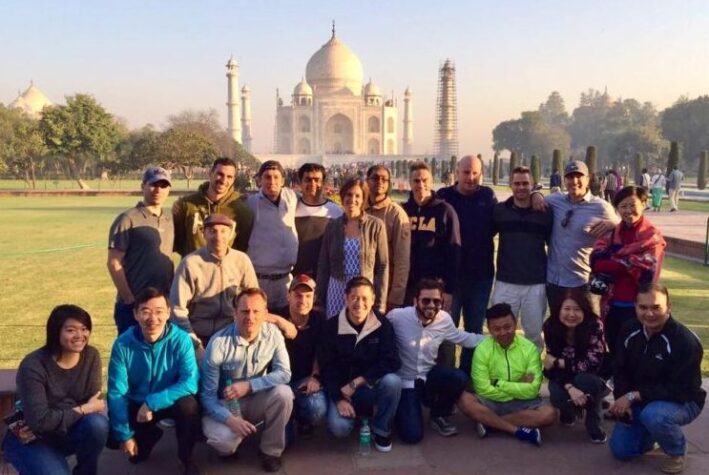
Pictures (Left: crew lunch in Portland with colleagues from NEXODUS Cooperative. Right: MBA class trip to the Taj Mahal)
What are your current observations of the VFX market landscape and do you have any predictions for the next year or so?
I think it’s clear at this point that demand for VFX reached a peak in 2022. Investors like to see steady, predictable year-on-year industry growth, and analysts are happy to tell them that’s going to happen. In reality, it’s the companies and investors that recognize the up-and-down cycle of industries — and have a plan for each stage in that cycle — who come out ahead.
The industry will certainly pick up over the next year or so, but it’ll be a while before there are as many projects and as many jobs as there were two years ago. For now, there’s going to be more pressure on budgets, and more pressure to have as much work as possible done in locations with competitive tax incentives and lower cost labor. That’s nothing new, of course – it’s just an ongoing process, where increasingly complex work moves to different parts of the world.
What’s next for you?
I’ll be looking for opportunities to help VFX businesses and investors navigate the new landscape of our industry. I focus a lot on mergers and acquisitions at the moment. That’s not because I see M&A as a magic bullet to solve a company’s problems. Rather, it’s something that’s difficult to do well, and can make a big difference to a company’s long-term prospects when it’s done right.

I’ve also been working on a project to map the global VFX industry, [released on 1st October 2024] which I hope will help more people make informed decisions about their companies and their careers, and foster a sense of global community in the industry. Initiatives like World VFX Day and ACCESS:VFX are incredibly valuable for the industry. It may not be obvious, but my project shares some of their goals.
